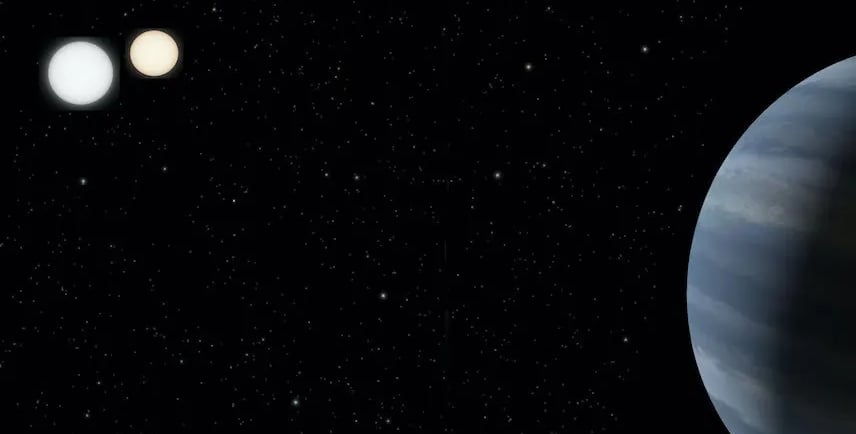TIC 172900988 B: A Rare Double Transit


Introduction to TIC 172900988 B
TIC 172900988 B is an extraordinary exoplanet that has captured the attention of astronomers and space enthusiasts alike. Located in a system known for its stunning characteristics, this planet is comparable in size to Jupiter, making it a noteworthy subject of study. What sets TIC 172900988 B apart is its unique orbit around two stars, creating a rare celestial phenomenon.
The Double Transit Phenomenon
One of the most fascinating aspects of TIC 172900988 B is its double transits. These transits occur when the planet passes in front of both of its host stars, an event that can be observed from Earth. The dual nature of the star system introduces an intriguing complexity to the study of the planet’s atmosphere and surface conditions. As TIC 172900988 B crosses the faces of both stars, it offers researchers a unique opportunity to analyze the light curves produced during transits, providing invaluable data about its composition and potential for habitability.
Characteristics of TIC 172900988 B
This remarkable exoplanet boasts several intriguing characteristics that set it apart from other known planets. The size of TIC 172900988 B, being approximately as large as Jupiter, suggests a strong gravitational pull that may play a role in its atmospheric properties. Furthermore, the dual-star environment impacts its seasonal cycles and weather patterns, making it a unique subject for planetary science. Given the intriguing makeup and the dramatic orbit of TIC 172900988 B, scientists are eager to unravel the mysteries surrounding this cosmic jewel.
Conclusion
As we continue to explore TIC 172900988 B, the insights gained could have profound implications for our understanding of planetary systems and the potential for extraterrestrial life. The combination of its size, dual-star orbit, and the rare double transits makes this exoplanet a standout in the realm of astronomy. The ongoing research and observation of TIC 172900988 B will undoubtedly enhance our knowledge of the universe, paving the way for new discoveries in the ways that planets can evolve in diverse cosmic environments.
